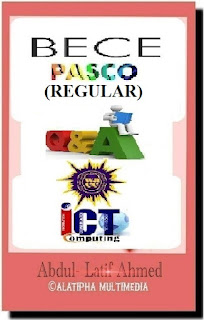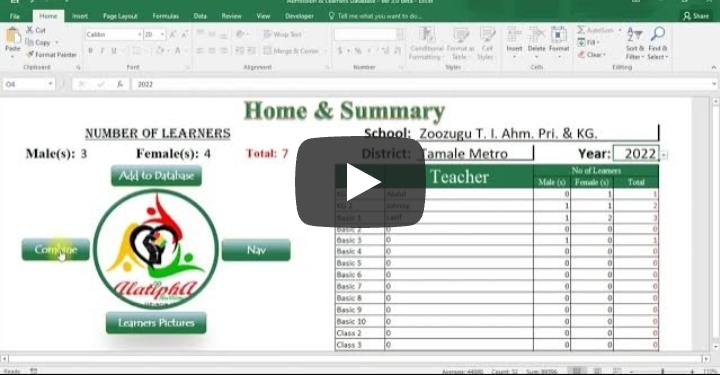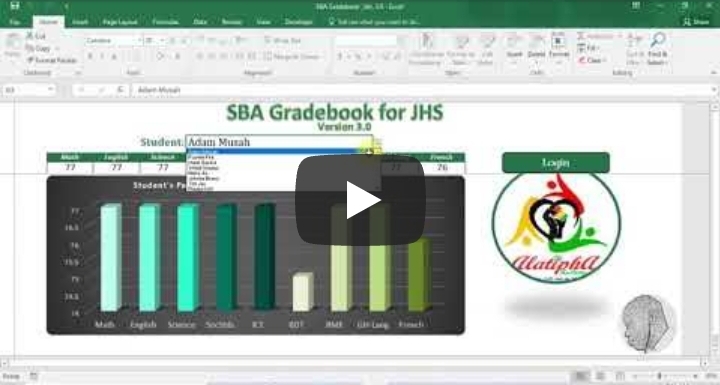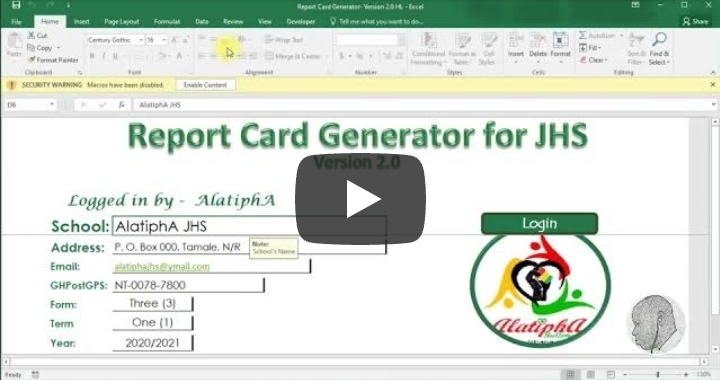Chapter 9: Questioning Strategies
Chapter 9: Questioning Strategies
Chapter Overview
In previous chapters, you saw the important role of questions in the effective teacher's menu. This is no coincidence, because most exchanges between teachers and students involve questions in some form. This chapter builds upon earlier examples to define an effective question, the varied ways questions can be asked, and the types of questions you should ask more frequently than others.
Also discussed is the closely related topic of probes. Like questions, probes are effective catalysts for performing the five key behaviours of:
- lesson clarity,
- instructional variety,
- task orientation,
- student engagement in the learning process, and
- student success.
Subsequent chapters will show you how to combine these questioning techniques with other teaching strategies.
This chapter introduced you to questioning strategies. Its key terms and main points were:
What Is a Question?
An effective question is one for which students actively compose a response and thereby become engaged in the learning process.
An effective question depends on voice inflection, word emphasis, word choice, and the context in which it is raised.
The three most commonly observed teacher behaviours in the classroom are:
- structuring,
- soliciting, and
- reacting.
Soliciting or question-asking behaviour encourages students to act on and think about the structured material as quickly as possible after it has been presented.
It has been estimated that 70% to 80% of all questions require the simple recall of facts, but only 20% to 30% require clarifying, expanding, generalizing, and making inferences.
In other words, as few as one of every five questions may require higher-level thought processes, even though behaviours at the higher levels of cognitive complexity are among those most frequently required in adult life, at work, and in advanced training.
What Are the Purposes of Questions?
- Common purposes for asking questions include the following:
- Getting interest and attention
- Diagnosing and checking
- Recalling specific facts or information
- Managing
- Encouraging higher-level thought processes
- Structuring and redirecting learning
- Allowing expression of affect
What Are Convergent and Divergent Questions?
A question that limits possible responses to one or a small number is called a convergent, direct, or closed question. This type of question teaches the learner to respond in a limited, restrictive manner.
A question that has many right answers or a broad range of acceptable responses is called a divergent question. Divergent questions, however, can have wrong answers.
The same question can be convergent under one set of circumstances and divergent under another, as when so-called creative answers to a divergent question have been memorized from a list.
What Does the Research Say About Asking Convergent and Divergent Questions?
Research has not established that the use of higher-order questions is related to improved performance on standardized achievement tests.
However, higher-order questions have been found to elicit analysis, synthesis, and evaluation skills, which are among the skills most sought in adult life.
Who Are the Targets of Questions?
Questions can be specifically worded for cognitive complexity as well as directed to individuals, groups, or the entire class.
What Sequences of Questions Are Used?
Questions may be used in the context of many different sequences, such as funneling, where increasingly specific conditions are added to an original question, narrowing it to one requiring simple deduction.
What Levels of Questions Are Used?
In addition to being divergent, convergent, and targeted to specific types of learners, questions can be formulated at different levels of cognitive complexity that comprise the knowledge, comprehension, application, analysis, synthesis, and evaluation levels of the cognitive domain.
Knowledge questions ask the learner to recall, describe, define, or recognize facts that already have been committed to memory.
Comprehension questions ask the learner to explain, summarize, or elaborate on previously learned facts.
Application questions ask the learner to go beyond the memorization of facts and their translation and to use previously acquired facts and understandings in a new and different environment.
Analysis questions ask the learner to break a problem into its component parts and to draw relationships among the parts.
Synthesis questions ask the learner to design or produce a unique or unusual response to an unfamiliar problem.
Evaluation questions ask the learner to form judgments and make decisions, using stated criteria for determining the adequacy of the response.
What Is a Probe?
A probe is a question that immediately follows a student's response to a question; its purpose is to elicit clarification, to solicit new information, or to redirect or restructure a student's response.
The key to probing for new information is to make the follow-up question only a small extension of the previous question.
How Should You Use Wait Time?
The time you wait before initiating another question or turning to another student may be as important in actively engaging the learner in the learning process as the question itself. Teachers should observe a wait time of at least 3 seconds before asking another question, repeating the previous question, or calling on another student.
Longer wait times have been associated with longer responses, greater numbers of voluntary responses, greater behavioural complexity of the response, greater frequency of student questions, and increased confidence in responding.
Are Questioning Techniques Culture Specific?
Researchers point out that classrooms and schools are governed by linguistic, sociocultural, and social interaction patterns that can diverge from those found in the home, peers, and community of immigrant children.
Cultural-specific questions are questions that take into account the wait time, rhythm, participation structure, and dominant means of expression predominant among a culture.
What Are Common Problems in Using Questions?
Avoid problems commonly observed in the question-asking behaviour of beginning teachers:
- Do not raise overly complex or ambiguous questions that may require several different answers.
- Be prepared to expect correct but unusual answers, especially when raising divergent questions.
- Always establish beforehand why you are asking a particular question. Know the complexity of behaviour you may expect as a result of the question.
- Never supply the correct answer to your own questions without first probing. Never prevent a student from completing a response to a question, even if incorrect. Use partially correct or wrong answers as a platform for eliciting clarification, soliciting new information, or redirecting.
- Never use questions as a form of embarrassment or punishment. Such misuse of questions rarely changes misbehaviour, and questions are academic tools that should be prized and protected for their chosen purpose. To misuse them or to use them for any other purpose may affect how your students will perceive your questions.
Multiple Choice Questions
Instructions
Click on 'Details' below to begin the test
2. In a classroom, the sequence of events that lead to questioning are structuring, soliciting, and reacting. The heart of this sequence that helps bridge the gap between presentation of content and understanding content is.....
3. Ms. Martinez uses questioning strategies on a regular basis. She prefers that her students be required to think about their answers before responding. Ms. Martinez seldom asks questions that have a short answer. Her students are expected to express their feelings, analyze the question, and/or use generalizations and inductive thinking to answer. The type of questions she usually asks is.....
4. The most appropriate convergent/divergent question ratio may be about ….. in classrooms where lesson content emphasizes lower levels of cognitive complexity, and about ….. when lesson content emphasizes higher levels of cognitive complexity.
5. The lowest level of the cognitive taxonomy that requires cognitive processing is.....
6. "Who can take the introduction of this speech and tell why it is such an effective way to begin" is an example of what type of question?
7. Which of the following questions is a synthesis question?
8. Evaluation questions have the distinct quality of.....
9. Probes can be used to …..
10. Asking complex questions, accepting only expected answers, not knowing why a question was asked, answering the questions rather than letting students, and using questions as punishment are common mistakes usually committed by.....
True/False
Instructions
Click on 'Details' below to begin the test
2. A convergent question limits an answer to a single or small number of response.
3. The same question can be convergent under one set of circumstances and divergent under another.
4. Scores on achievement tests rise significantly when students are repeatedly required to answer divergent questions.
5. The quality of application questions is determined largely by how much the problem, context, or environment in which the students learned the facts or rules has been changed.
6. Higher-level questions usually produce multiple responses.
7. When wait time is increased, the frequency of student questions decreases.
8. Teacher should call on a student first and then ask the question.
9. Sociolinguists state that children are more comfortable in classrooms where the sociolinguistic patterns are similar to those of their home and community.
10. Some learners use one language as dominant for speaking and another language as dominant for listening.
11. According to Rowe, there are two kinds of wait time-the time a learner is given to respond to a question, and the time after a learner's response until the teacher speaks.
12. Questions should encourage students to think about and act upon the material you have structured and presented.
13. Divergent questions have more than one response, because all responses to them are correct..
14. 60-70% of all school time is devoted to questions and answers.
15. Teachers often reward an answer to a question when it is one they expect.
16. One reason higher level questioning in classrooms may not appear to influence student achievement is that student achievement is often measured using standardized tests which often test for lower level, recall knowledge.
17. Teachers should respond to questions and answers quickly to keep the flow of the class moving.
18. Most questions teachers ask of students require only simple recall of facts.
19. Comfortable or appropriate wait time may differ across cultures.






.png)



























Comments
Post a Comment